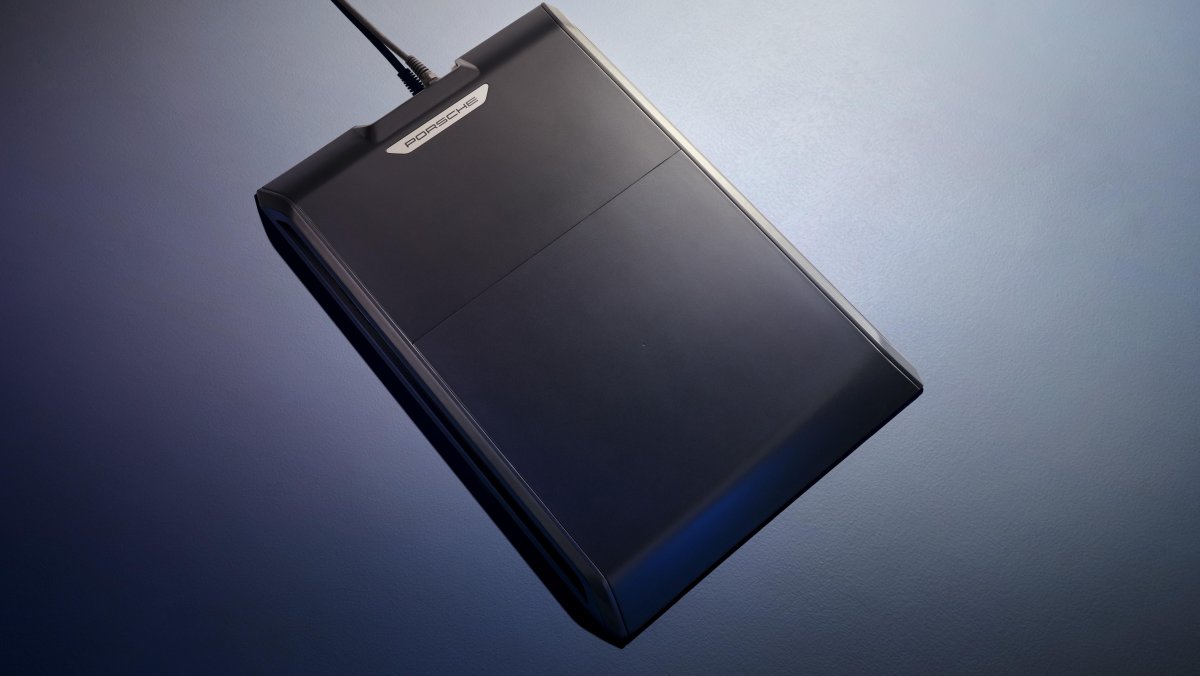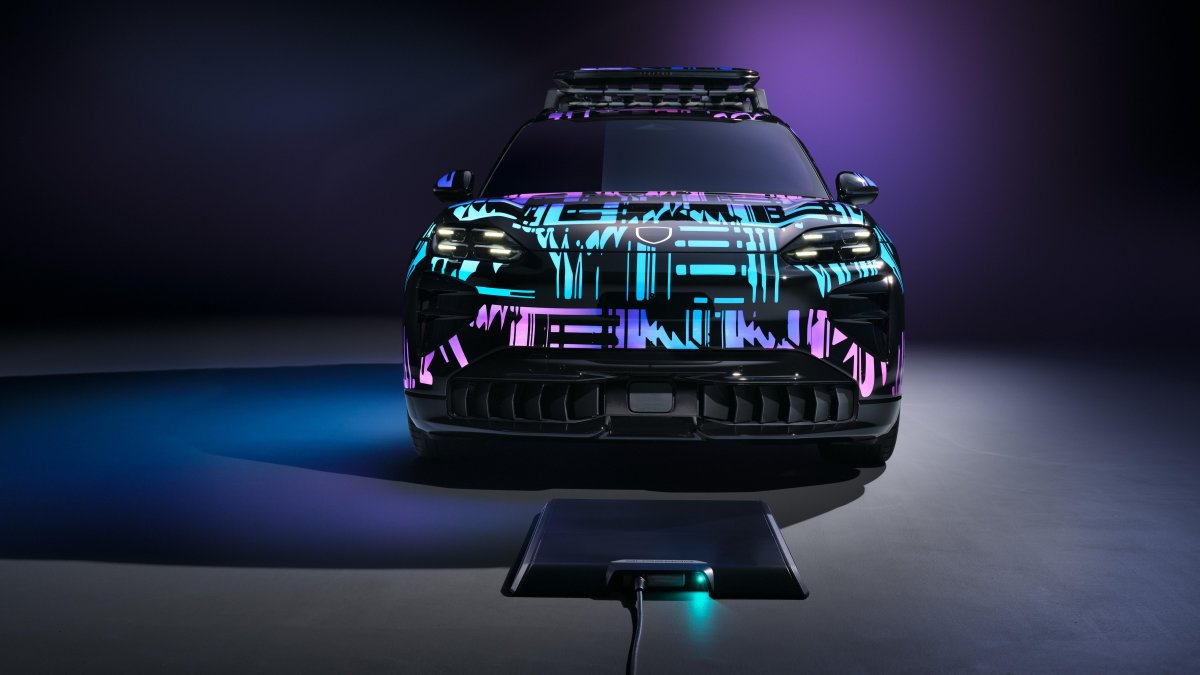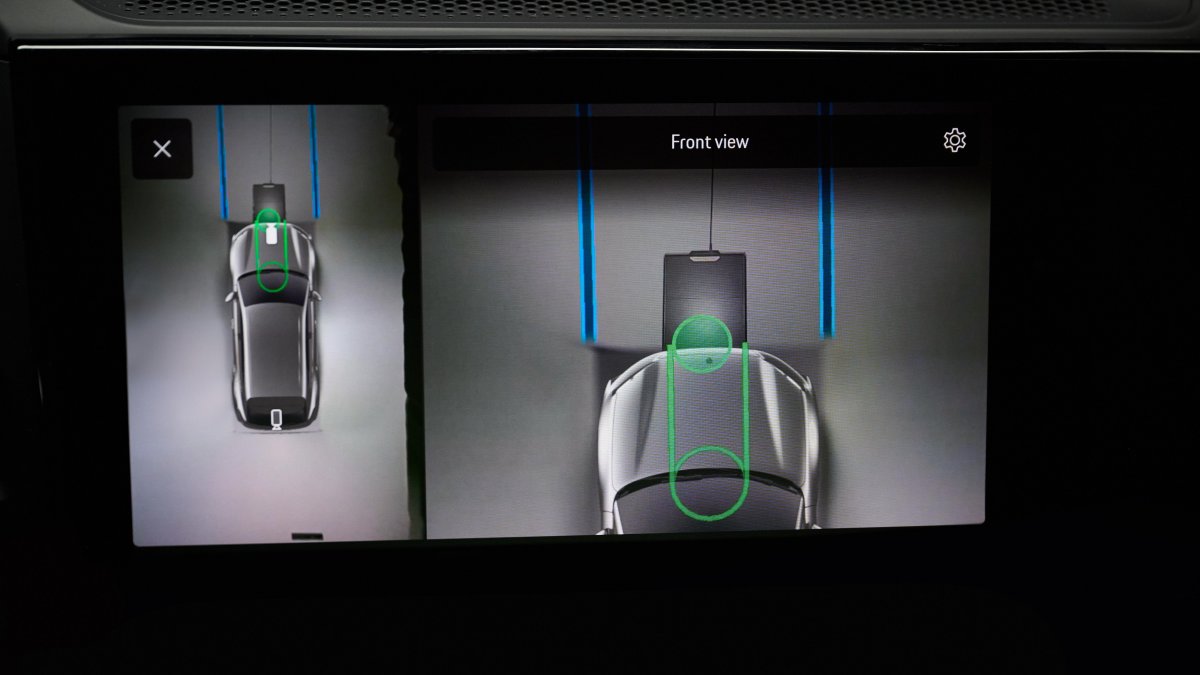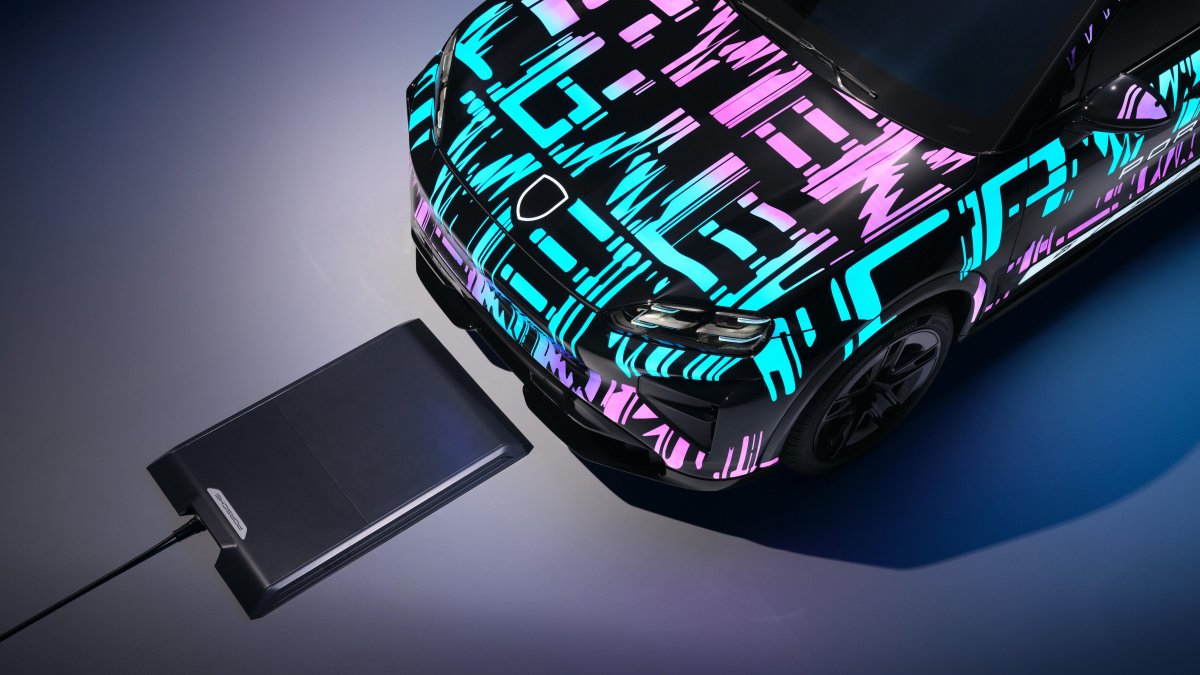https://kotaku.com/microsoft-warns-that-windows-11-ai-might-install-malware-on-your-pc-2000645293
Microsoft’s push to make Windows 11 a fully AI PC operating system continues, with the company planning to roll out new AI agents that can complete tasks and make changes on your behalf. But the company isn’t turning the AI feature on by default because there’s a risk of it downloading and installing malware. Oops!
As spotted by Windows Central, Microsoft recently published a lengthy warning about the AI agents it will soon add to Windows 11. In the post, Microsoft explains that agents will have their own accounts on your Windows 11 PC. They’ll also have “limited access to your user profile directory” and, if needed, will be granted read and write access to certain folders, including Documents, Downloads, and Desktop. And while Microsoft claims that all AI decisions must be approved by a human and all actions will be logged and reported, the tech giant acknowledges that activating these agents could be a bad idea.
In the warning, Microsoft straight up says that its AI agents introduce “novel security risks” like, oh, I don’t know, being able to send off your data without you realizing it, being tricked by online commands, or even installing harmful software. Here’s the full warning:
As these capabilities are introduced, AI models still face functional limitations in terms of how they behave and occasionally may hallucinate and produce unexpected outputs. Additionally, agentic AI applications introduce novel security risks, such as cross-prompt injection (XPIA), where malicious content embedded in UI elements or documents can override agent instructions, leading to unintended actions like data exfiltration or malware installation.
Now that seems very bad to me, a person who likes to keep malware off my PC. And Microsoft agrees, because when these agents are added in a future update, they will need to be manually activated by the user. So at the very least, if you are running Windows 11, you don’t have to worry about AI agents installing some malware on your PC while you’re off grabbing a snack. For now. Microsoft is pushing AI hard in all its products, including Xbox, and I wouldn’t be surprised if one day these AI agents in Windows 11 are just turned on by default. Anyway, remember how Xbox is teasing that its next console will basically be a Windows-powered PC? Cool stuff. So happy about that.
via Kotaku https://kotaku.com/
November 18, 2025 at 04:45PM







